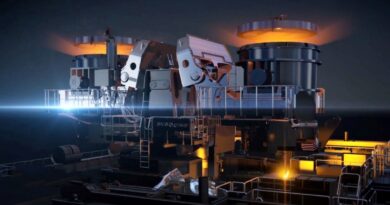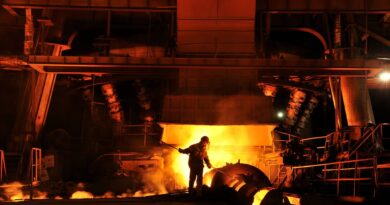Great conversion to low-carbon eco-friendly steelmaking process
In the era of net-zero carbon, the steel industry faces a big challenge. Externally, the demand by the market and customers for low-carbon products is increasing every year amid the crisis of global warming, while the development of new technologies and large facility investments are required internally to reduce the carbon generated in the steelmaking process. Steelmaking processes that have been used for decades should be converted to a low-carbon system from equipment to technology and materials, so it is not an exaggeration to say that the “survival” of steel companies depends on net-zero carbon.
In the series on the “Great Conversion to Low-carbon Eco-friendly Steelmaking Process,” we will take a look at the methods of executing net-zero carbon POSCO is promoting to achieve the goal of “net-zero carbon 2050,” such as the development of hydrogen reduction steelmaking, expansion of renewable energy, and CCS, to find a way to “survive.”
As global credit ratings and investment agencies reflect corporate climate change response efforts as an important factor in ESG management evaluation, the importance of green energy with little or no carbon emission in the power production process is increasing.
More companies are participating in the RE100 (Renewable Energy 100%) campaign to cover 100% of the power used by companies with renewable energy and the number of RE100 campaign participating companies has reached 371 worldwide as of May this year. Renewable energy generation recognized by the RE100 campaign includes wind power, solar power, geothermal power, biomass power, and hydroelectric power. Research and development are also underway in many countries around the world for power generation technologies that reduce carbon emissions by using carbon-free fuels such as hydrogen and ammonia. In the EU, there is an active discussion on whether nuclear power and natural gas should be included in the Taxonomy, a classification list of economic activities necessary for reducing greenhouse gas and achieving carbon neutrality.
If a low-carbon eco-friendly steelmaking process is introduced in the future, can the electricity used for steel production be converted into green energy? To check the possibility, we will first look at the current status of power use at the steel works, the structure of power generation required, and the prospect of future power use, and then look at POSCO’s tasks and efforts for the green energy conversion.




